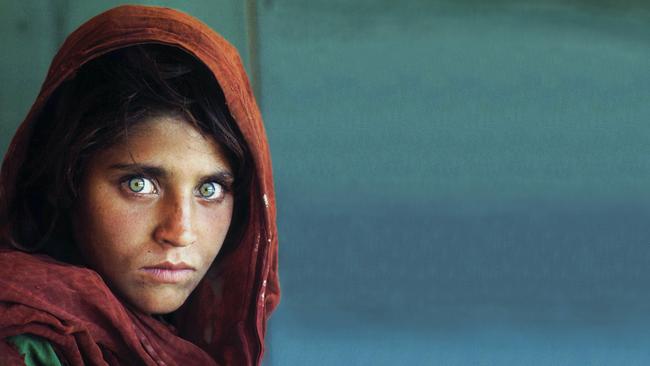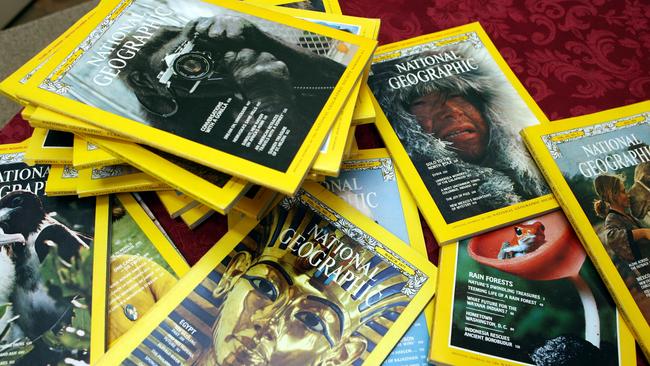National Geographic editor says decades of coverage was racist
THE iconic publication has admitted to decades of “appalling” racist coverage — including articles which portrayed indigenous Australians as “savages”.

Magazines
Don't miss out on the headlines from Magazines. Followed categories will be added to My News.
“FOR decades, our coverage was racist” — reads a striking headline in the latest National Geographic magazine.
It is one of the most iconic and celebrated publications in the world, but its new editor-in-chief Susan Goldberg said a significant period of its 130 years of reporting was “appalling”.
In an article in the April edition of the magazine, Goldberg said US academic Jason Mason, a professor of African history, conducted an audit of the magazines archives.
Professor Mason said he found frequent use of racial cliches — such as “noble savages”, “happy hunters”, beautiful Pacific Islander women, and indigenous peoples “fascinated” by Western technology.

There was even a full-issue article on Australia that ran in 1916 in which Aboriginal Australians were called “savages” who “rank lowest in intelligence of all human beings”.
“It hurts to share the appalling stories from the magazine’s past,” wrote Goldberg. “But when we decided to devote our April magazine to the topic of race, we thought we should examine our own history before turning our reportorial gaze to others.
“What Mason found in short was that until the 1970s, National Geographic all but ignored people of colour who lived in the United States, rarely acknowledging them beyond labourers or domestic workers.
“Meanwhile it pictured ‘natives’ elsewhere as exotics, famously and frequently unclothed, happy hunters, noble savages — every type of cliche.”
Professor Mason also found that the magazine, in a 1962 article, also failed to report on the atrocities of apartheid in South Africa.

“There are no voices of black South Africans,” he said of the article. “That absence is as important as what is in there.
“The only black people are doing exotic dances … servants or workers. It’s bizarre, actually, to consider what the editors, writers, and photographers had to consciously not see.”
However, he gave the magazine credit for improving its image in the 1970s. He wrote that there was another article on the political situation in South Africa in 1977 which was in stark contrast to the 1962 piece.
“It’s not a perfect article, but it acknowledges the oppression,” Professor Mason said. “Black people are pictured. Opposition leaders are pictured. It’s a very different article.”
Goldberg said the magazine now had a duty to portray authentic views of the world. She added that it now had a heightened sense of responsibility when reporting on race.
“So let’s talk about what’s working when it comes to race, and what isn’t ... Let’s confront today’s shameful use of racism as a political strategy and prove we are better than this,” she wrote.
Originally published as National Geographic editor says decades of coverage was racist
